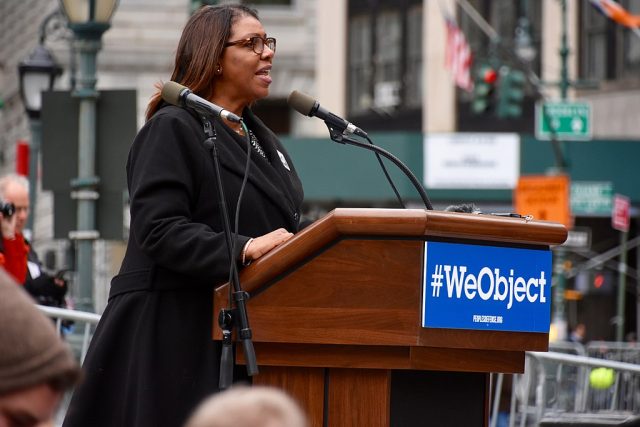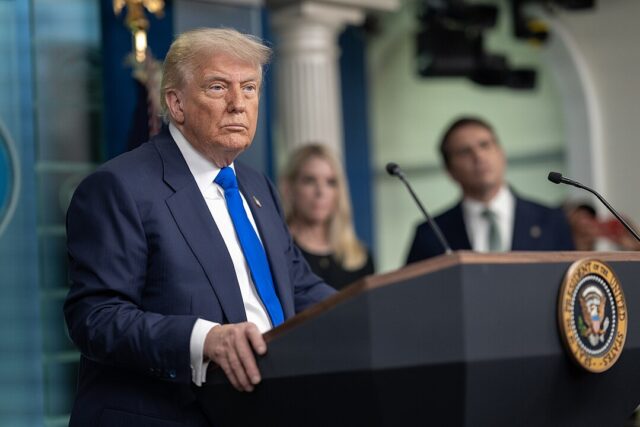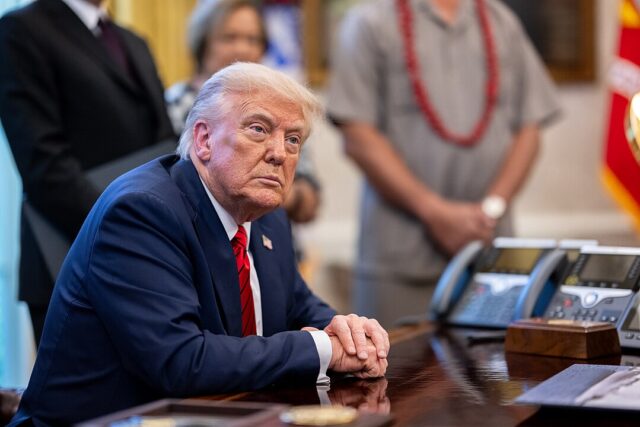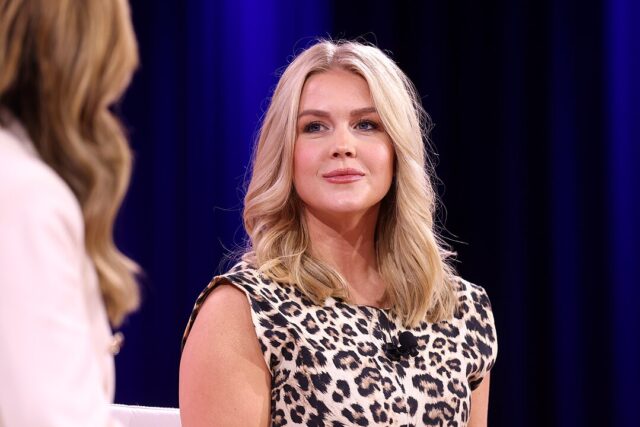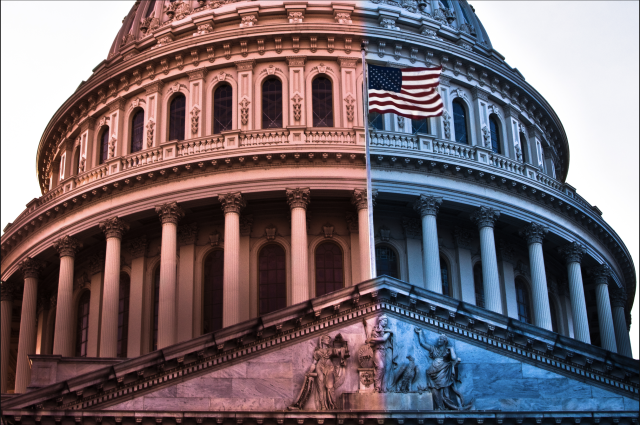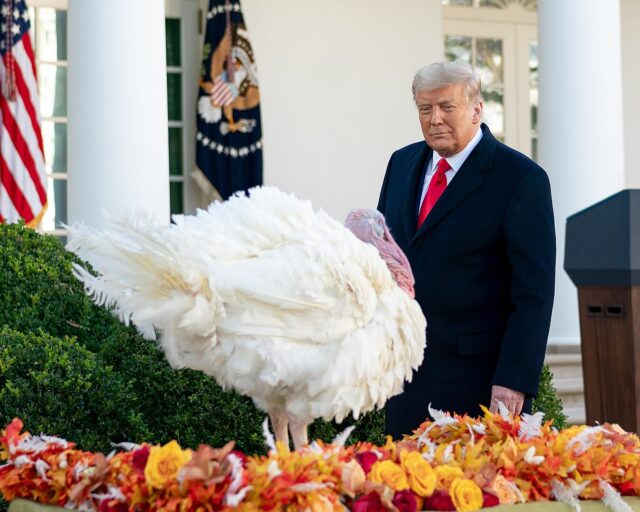New York AG Letitia James Hit With Bar Complaint
A conservative-aligned watchdog organization has filed a bar complaint accusing New York Attorney General Letitia James of professional misconduct related to her mortgage on a Norfolk, Virginia, property—issues that were also central to federal criminal charges recently dismissed in court.
The Center to Advance Security in America (CASA) submitted the complaint to New York’s Attorney Grievance Committee, alleging that James engaged in “illegal and dishonest conduct” when she obtained the mortgage, according to reporting by the New York Post. CASA argues that James’ actions potentially violate New York’s Rules of Professional Conduct, which set ethical standards for practicing attorneys in the state.
Curtis Schube, CASA’s director of research and policy, emphasized those standards in the group’s four-page filing. “Fraud, misrepresentation, honesty and trustworthiness are all factors that the Rules of Professional Conduct expressly consider when weighing whether to discipline an attorney,” he wrote. Schube urged the committee to investigate and, “if by ‘preponderance of the evidence’ the allegations are substantiated, she should be disciplined accordingly.”
The bar complaint comes just days after a federal judge dismissed criminal indictments against both James and former FBI Director James Comey. Judge Cameron Currie threw out the charges—including bank fraud allegations against James—after determining they were improperly brought by an unqualified U.S. attorney. The dismissal was issued without prejudice, allowing the Department of Justice to pursue the charges again if it chooses.
The White House signaled that such a move is likely. Press secretary Karoline Leavitt told Fox News’ Martha MacCallum that the DOJ plans to appeal the judge’s ruling. “We believe the attorney in this case, Lindsey Halligan, is not only extremely qualified for this position, but she was in fact legally appointed,” Leavitt said. “And I know the Department of Justice will be appealing this in very short order.”
Judge Currie, a Clinton appointee from South Carolina, was assigned to the case because Virginia’s federal judges faced a conflict of interest in ruling on the authority of Halligan, who had brought the indictments. The challenges from both James and Comey regarding Halligan’s appointment were consolidated due to their overlapping legal questions.
The dispute centers on whether Halligan had the authority to act as interim U.S. attorney. After President Trump removed the previous interim U.S. attorney, Erik Siebert, he urged Attorney General Pam Bondi to install Halligan, a former White House aide and insurance lawyer, in the role. Bondi followed that recommendation. However, Currie determined that Siebert’s interim term had already expired, which meant that under federal law, Virginia’s judges—not the attorney general—were responsible for appointing a temporary U.S. attorney until the Senate confirmed a permanent replacement.
James was indicted on October 9 for allegedly falsifying mortgage documents to secure a $109,600 loan on the Norfolk property and for allegedly making false statements to a financial institution. Prosecutors claimed she improperly designated the Virginia house as her primary residence in 2023 despite serving full-time as New York’s attorney general.
James, a second-term Democrat, has consistently denied any wrongdoing. She has said the issue stemmed from an error on a form during the home-buying process—an error she corrected—and emphasized that she “never tried to deceive the lender.”


